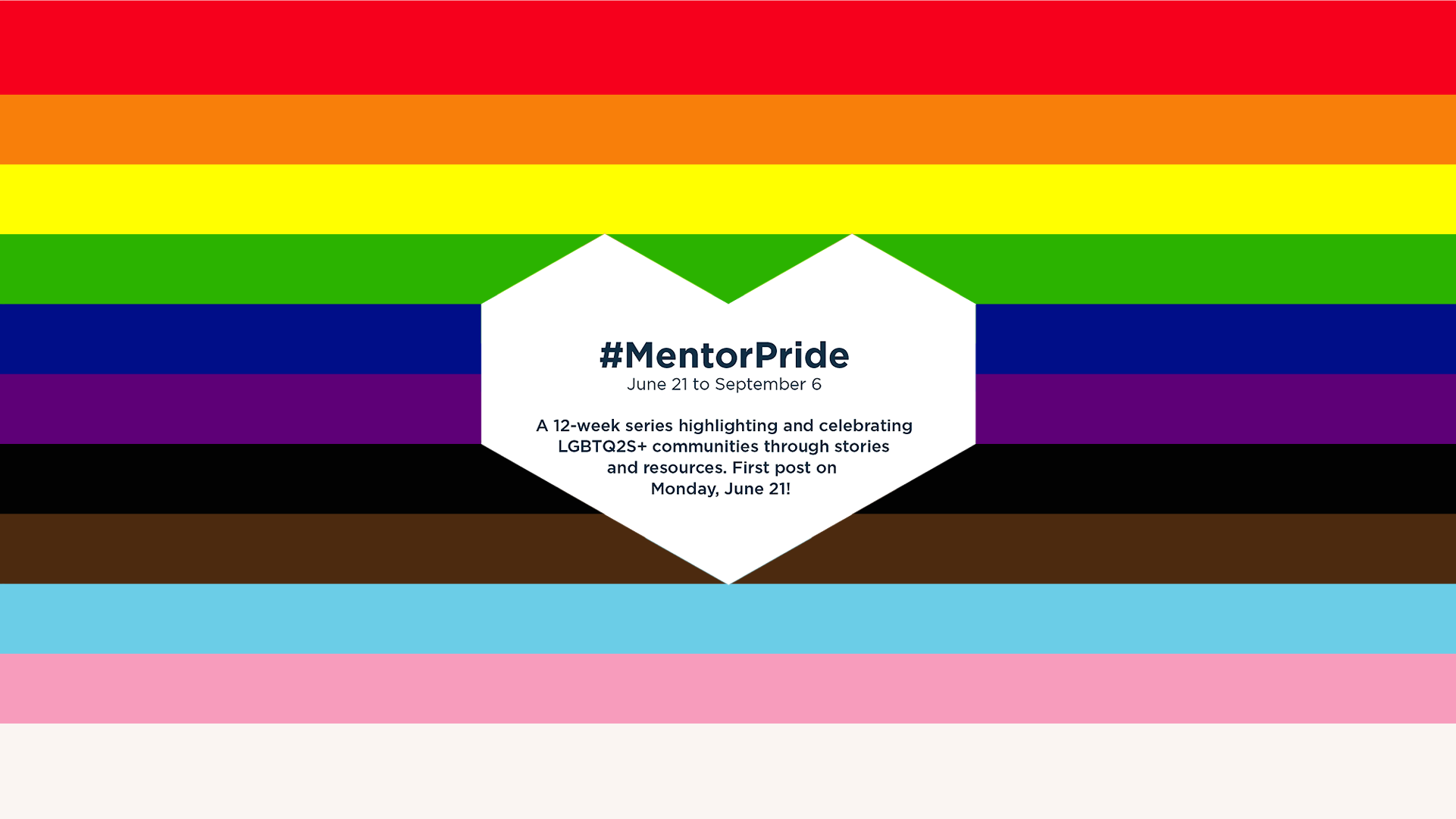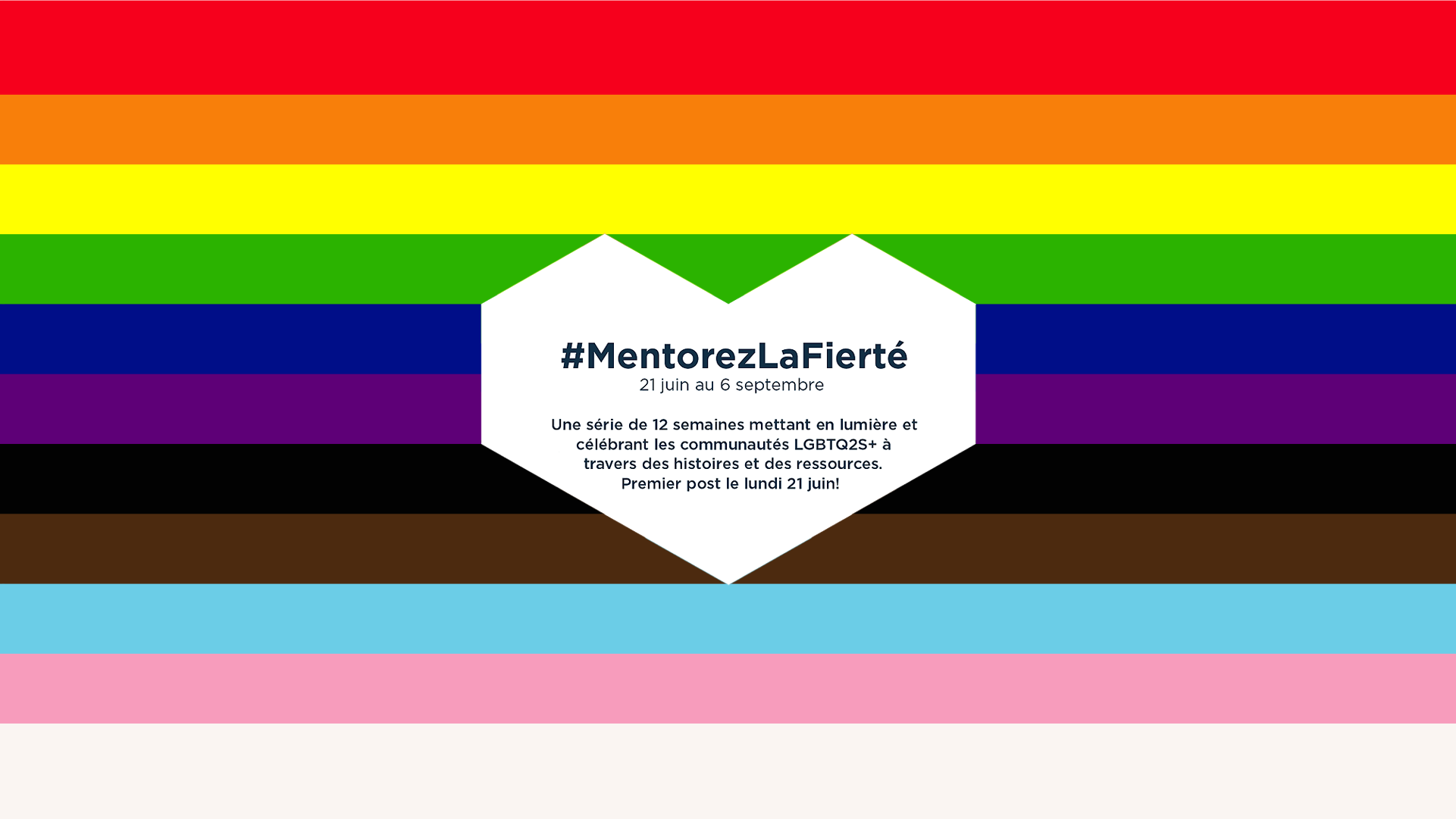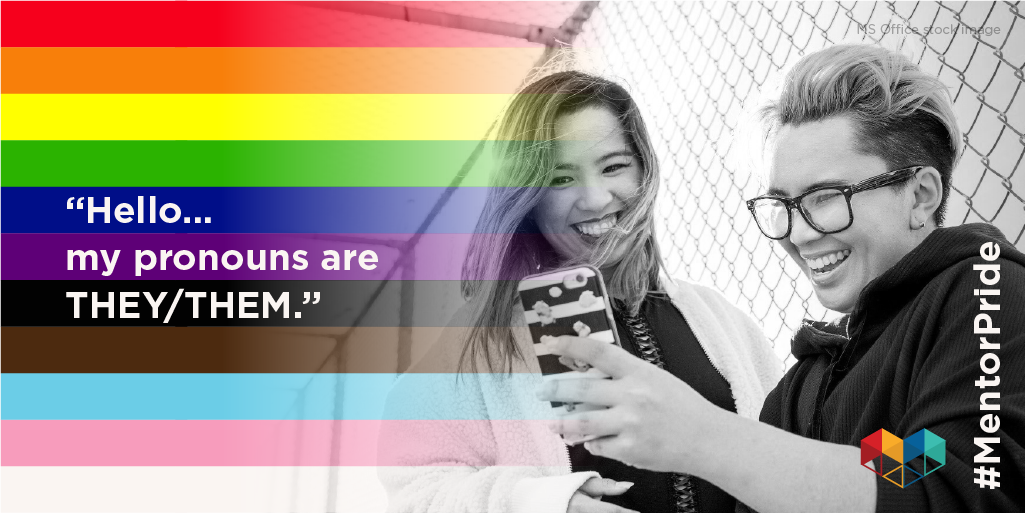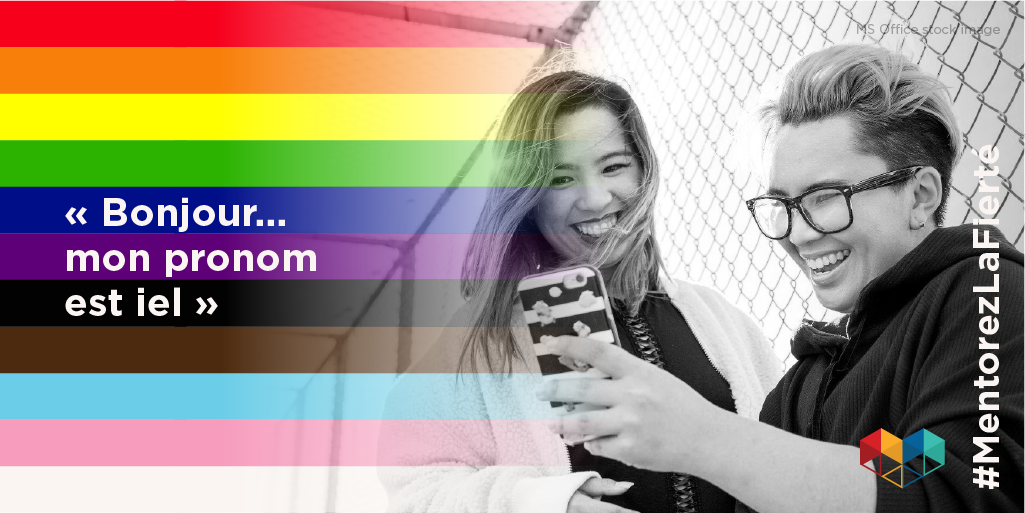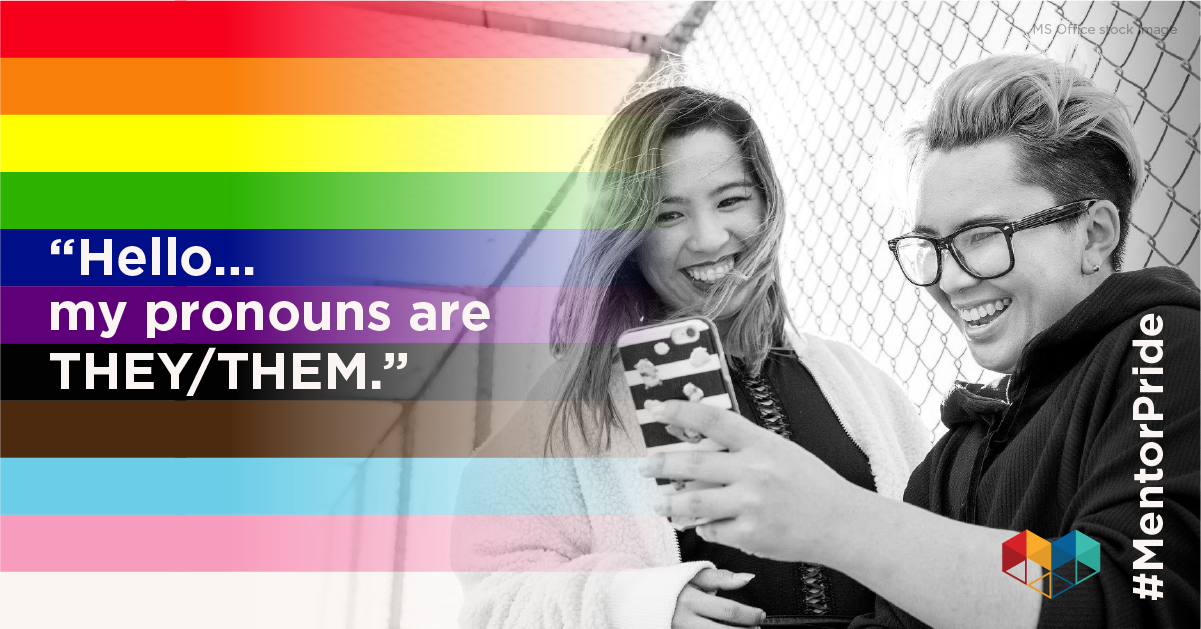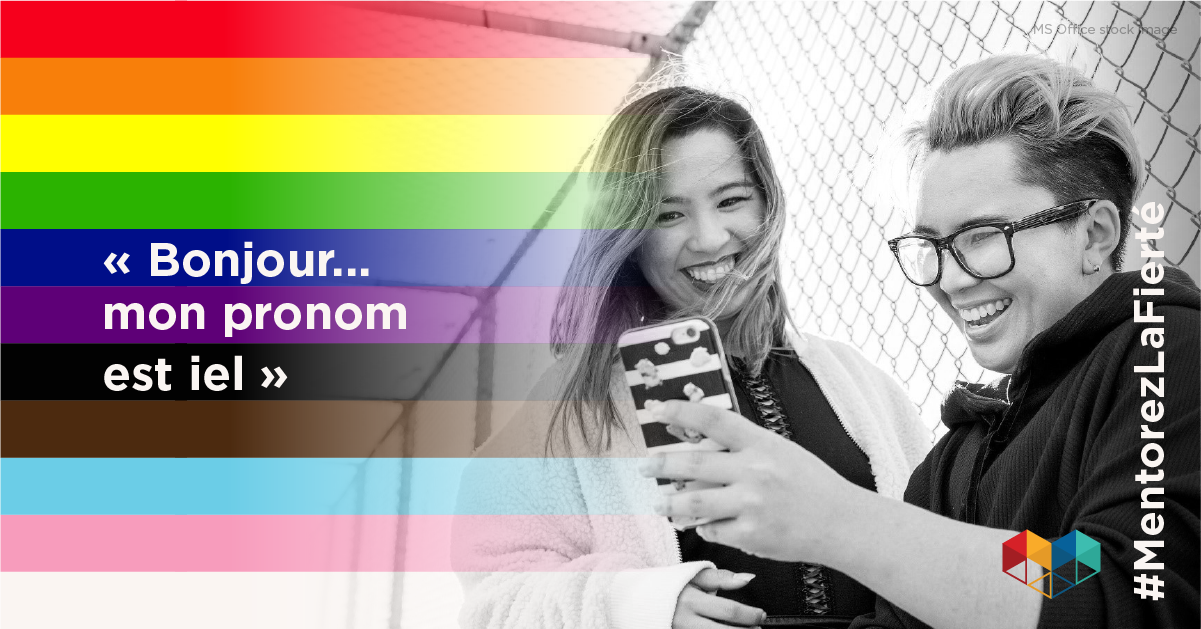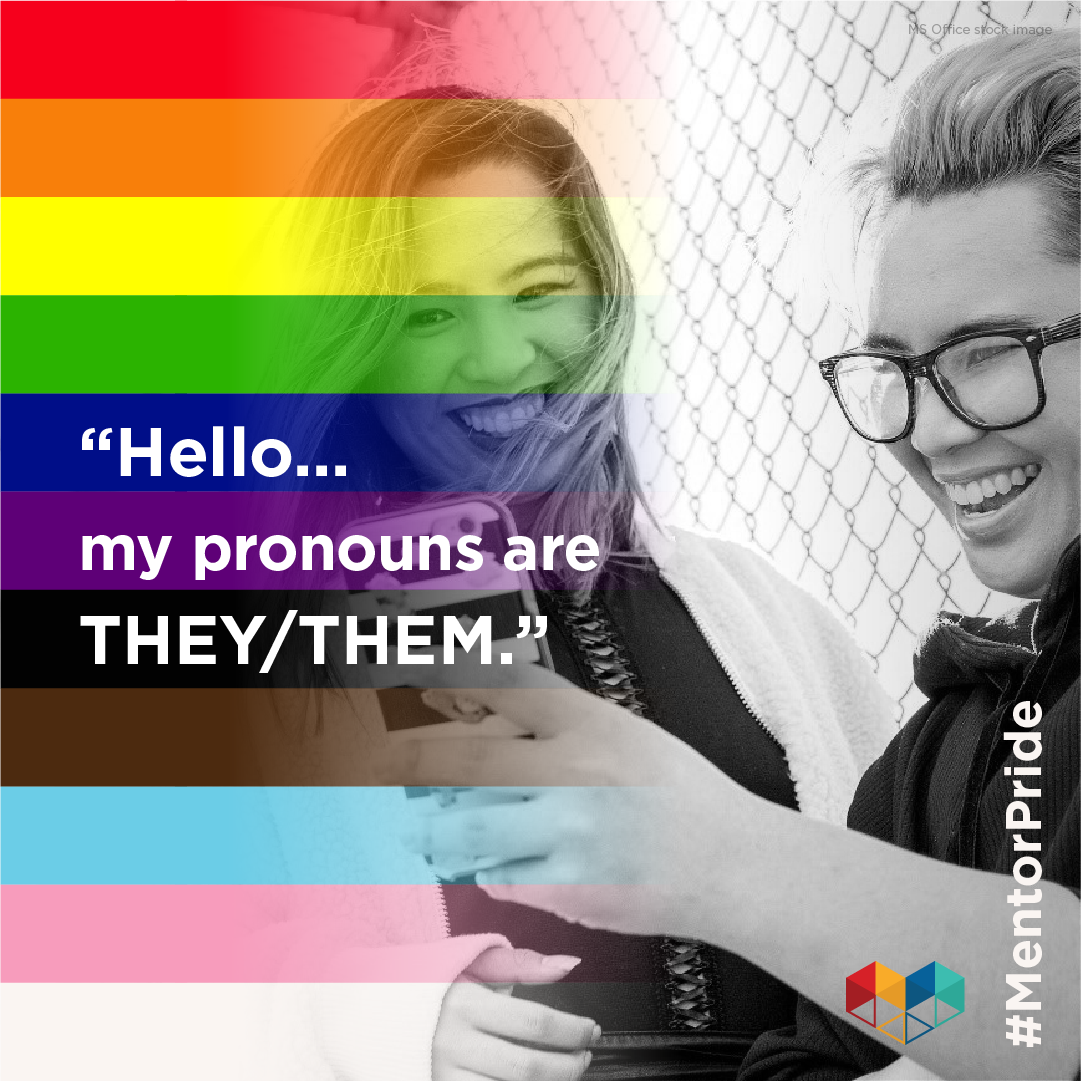Contact Us
For any questions, help, or support please contact us.
Jessica Sims
Communications Manager
jessica.sims@mentoringcanada.ca
About Mentor Canada
Mentor Canada broadens and deepens access to quality mentoring for youth in Canada by amplifying a mentoring mindset from coast to coast to coast.
We crack open data on mentorship. We then use this data to create and open up access to impactful tools. These tools are used to strengthen the work of service providers and educational institutions across the country. Equipped with leading-edge resources and bolstered by our capacity-building services, communities and organizations with mentoring strategies can expand their reach to help young people in Canada thrive.
